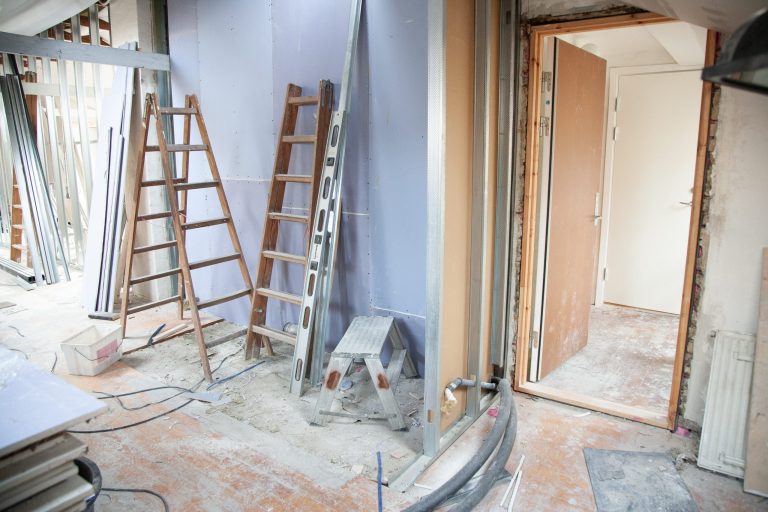The online casino industry has been growing steadily over the last few years and shows no signs of slowing down. In 2019, the market was worth US$58.9 billion worldwide; by 2020 this was US$66.7 billion, and is expected to grow by 50% to almost US$93 billion by 2023. This growth has been driven by a number of factors, including the advent of the smart phone, changing player habits, the rise of the casual and hyper casual gamer, and, perhaps most importantly, advances in technology. The advances in technology have allowed for operators to design ever more engaging and complex games to attract and retain players, as well as making devices more affordable for players, and on the go connectivity more prevalent. Gone are the days that players had to go to a physical location to play; anyone (of age!) can now access all sorts of different types of games at the touch of a button, from the comfort of their own homes. But what is needed to build a successful online casino? Random Number Generators This is the foundation of any casino game. Without a reputable RNG, there is no way to reassure players that the games are fair, and no matter how good a game is, a rigged game will never be successful. Any reputable online casino will ensure they have a RNG; Virgin Games for example uses an industry certified Random Number Generator that is regulated and audited by the UK Gambling Commission in all its games. Variety of type of Software The more successful casinos use a variety of different types of software, some developed in-house, the majority from third parties (which is why there may be similar games in different casinos) to provide a range of types of games to suit different playing styles, as well as for compatibility across different devices. 1- Downloadable Software This is usually only compatible with PCs (although with mobile devices becoming more powerful some newer models may be able to run this type of software), and allows players to download once, and from there just log in and go! 2- Instant Play Software This type of software is very common in online casinos, as it allows players to open and play, without having to download anything, making it a popular option for mobile gamers, despite still being browser-based. 3- Mobile Apps This is by far the most compatible option for mobile gamers. Rather than accessing the casino through a browser, players simply download an app to their phone and click and play. It also means that the content is optimised for mobile devices, meaning that text can be read easily and games fit the screen! Variety of Software Developers There are a large number of different third party software developers who sell their products to many casinos online. Whilst it may feel that this will reduce the variety for players, they work closely with their clients to build bespoke games with individual themes and house rules. It does also mean that players can be assured that when they are playing a game that there is consistency across the market and they aren’t going to be ripped off! 1- Net Entertainment This is one of the most well established and reputable casino game developers in the world, having won a large number of awards over the years. They primarily focus on slots, though have branched out into other casino games, including live dealer games. Virgin Games has tapped into their expertise in the world of slots, with 36 slot games offered that have been created by NetEnt, including top ones such as Gonzo’s Quest, Starburst, and Twin Spin. 2- Microgaming Around since 1994, Microgaming is one of, if not the, oldest casino game developer. Dominating the market with over 600 different games in their portfolio, Microgaming provides some of Virgin games most popular offerings, including slots and blackjack. They are also leaders in the usage of new technology and are currently working on an Oculus Rift compatible roulette gaming, taking steps into the use of Virtual Reality in the world of online casinos. 3- Evolution Gaming Evolution gaming is an innovative developer which provides the majority of all Virgin Games Blackjack and Roulette games, including 10p Roulette, Instant Roulette Live, and Phoenix Roulette. As well as working with operators to develop bespoke games, they also have their own original games, setting the apart from the competition. Additionally, they are experts in Live Dealer games and specialise in creating Game Show Category Games, such as Monopoly, also available on Virgin Games and hugely popular with the more casual gambler. Stable Platform The final key to a successful online casino is to have a stable platform to host all the games. Virgin Games ensures this by using Unity. Unity provides support to ensure the consistent and constant delivery of the service to players, as well as offering high quality graphics and integration capability, and interactive tools to make changes easy and in real-time, allowing operators to react to needs in real time. There are a number of different elements to take into consideration when building an online casino, from the target demographic, the types of games, and, hugely important, the foundations, of software, security, and fairness to the player. Without these, no matter how attractive the games and offers, no online casino could succeed in the market.










